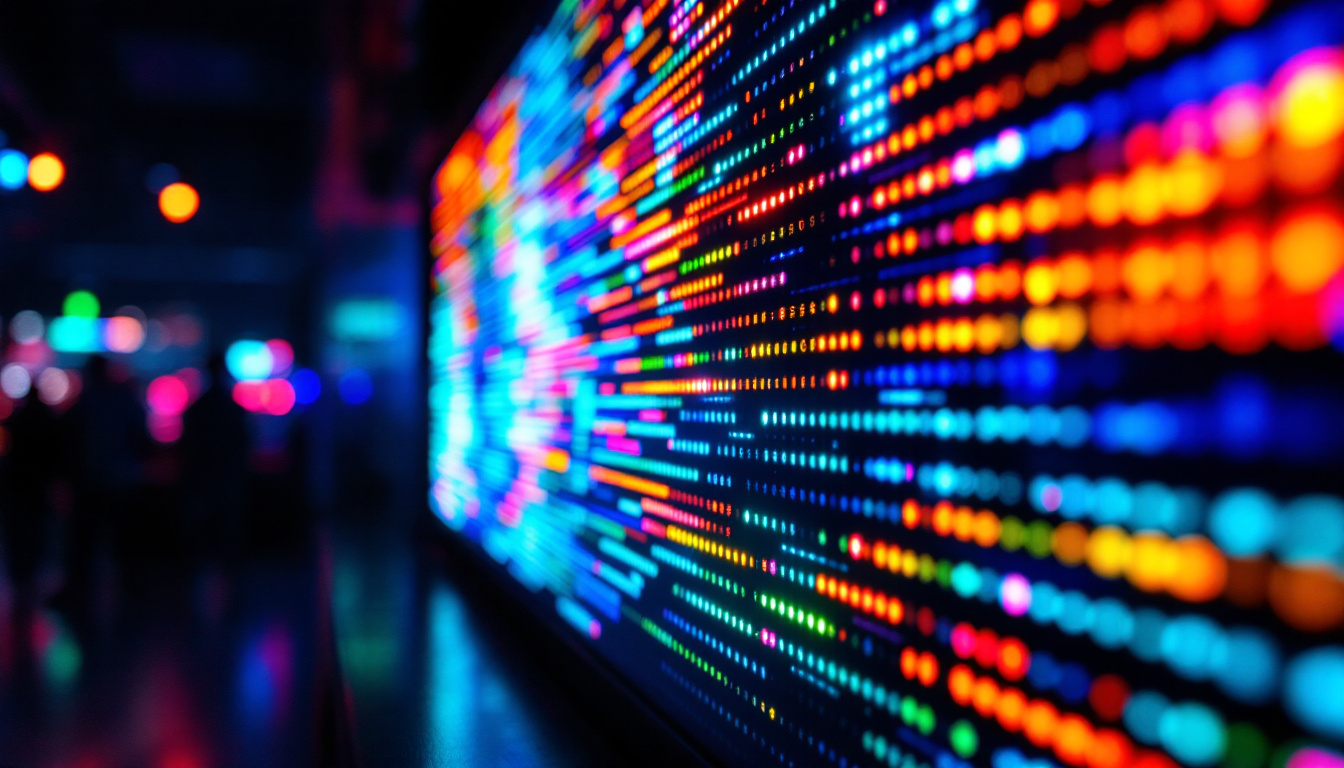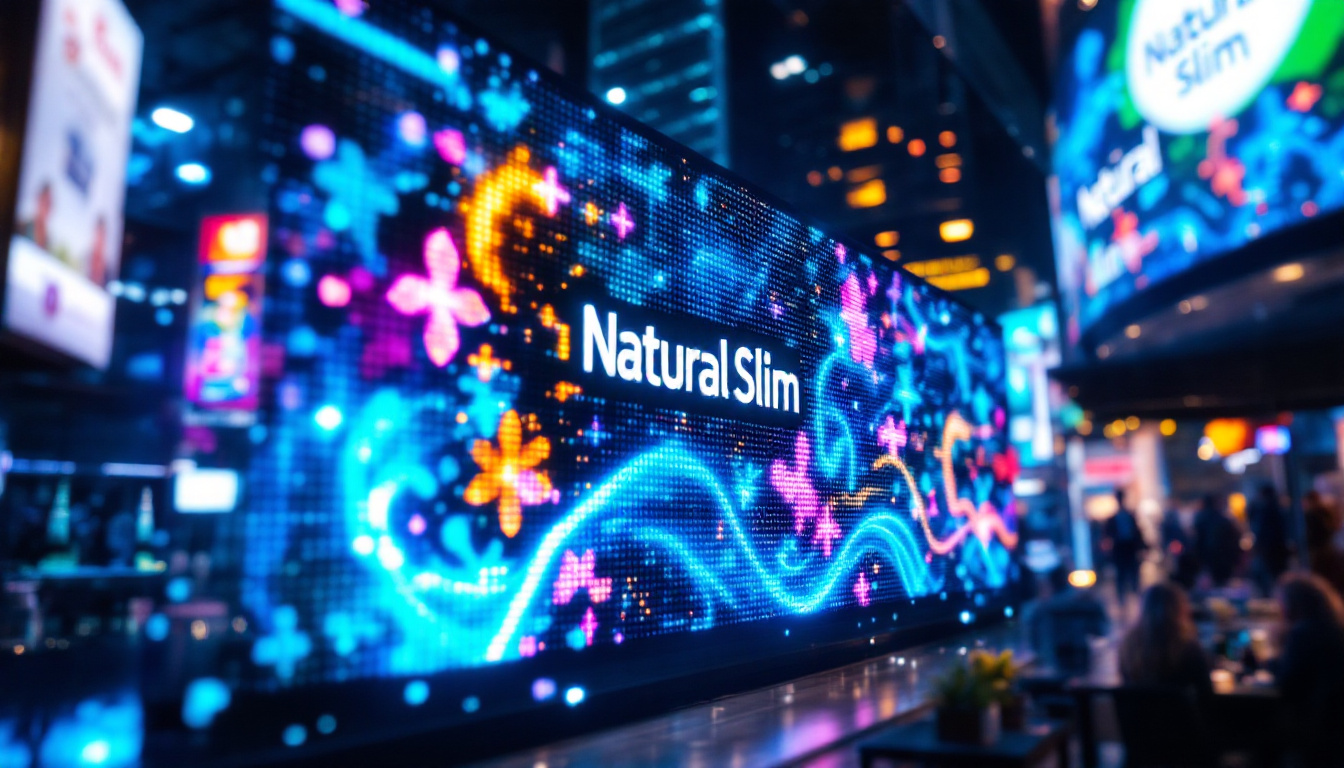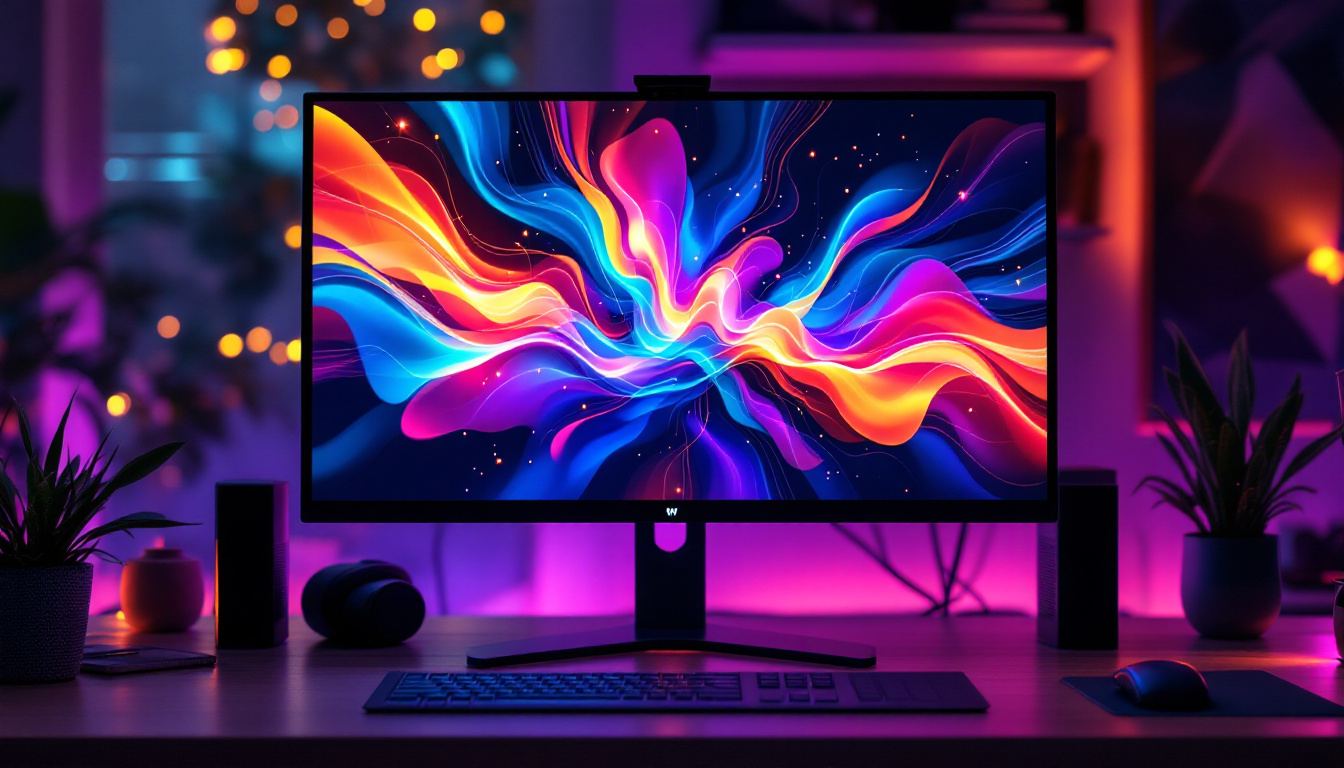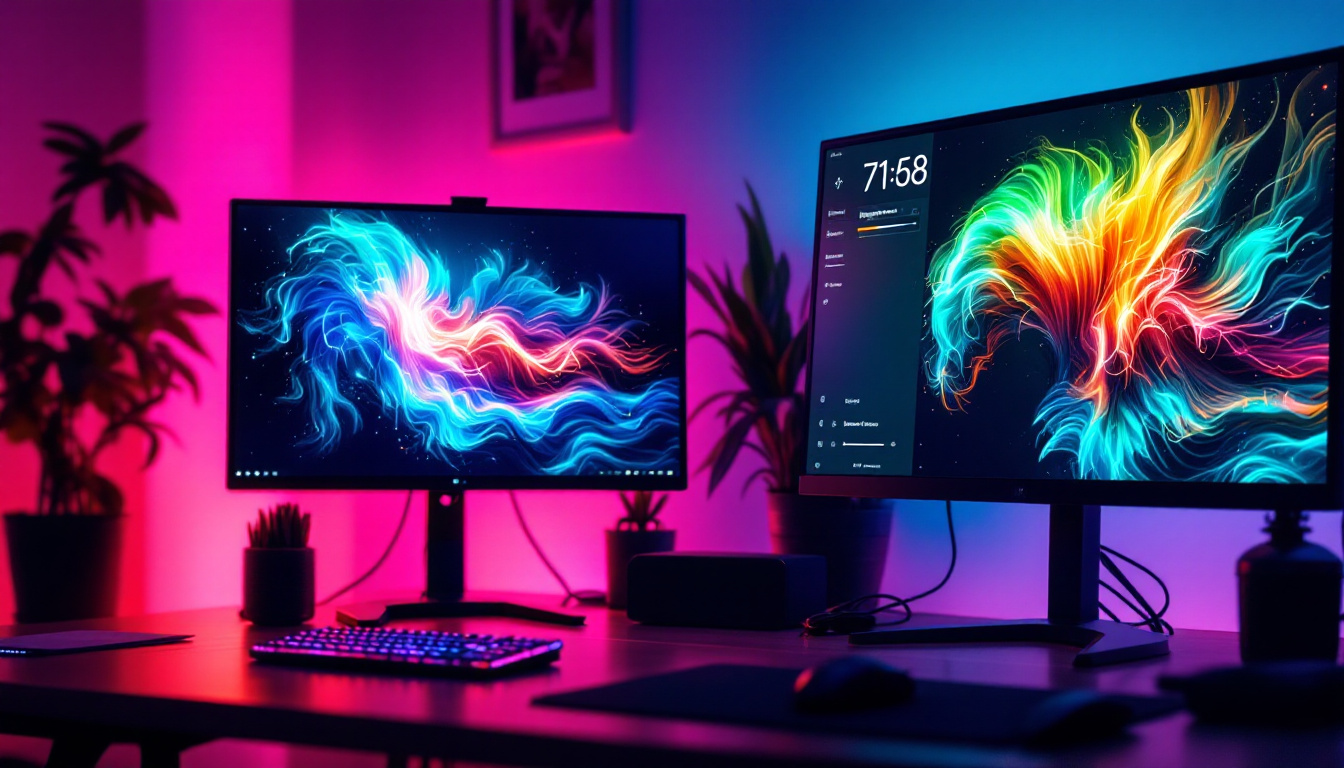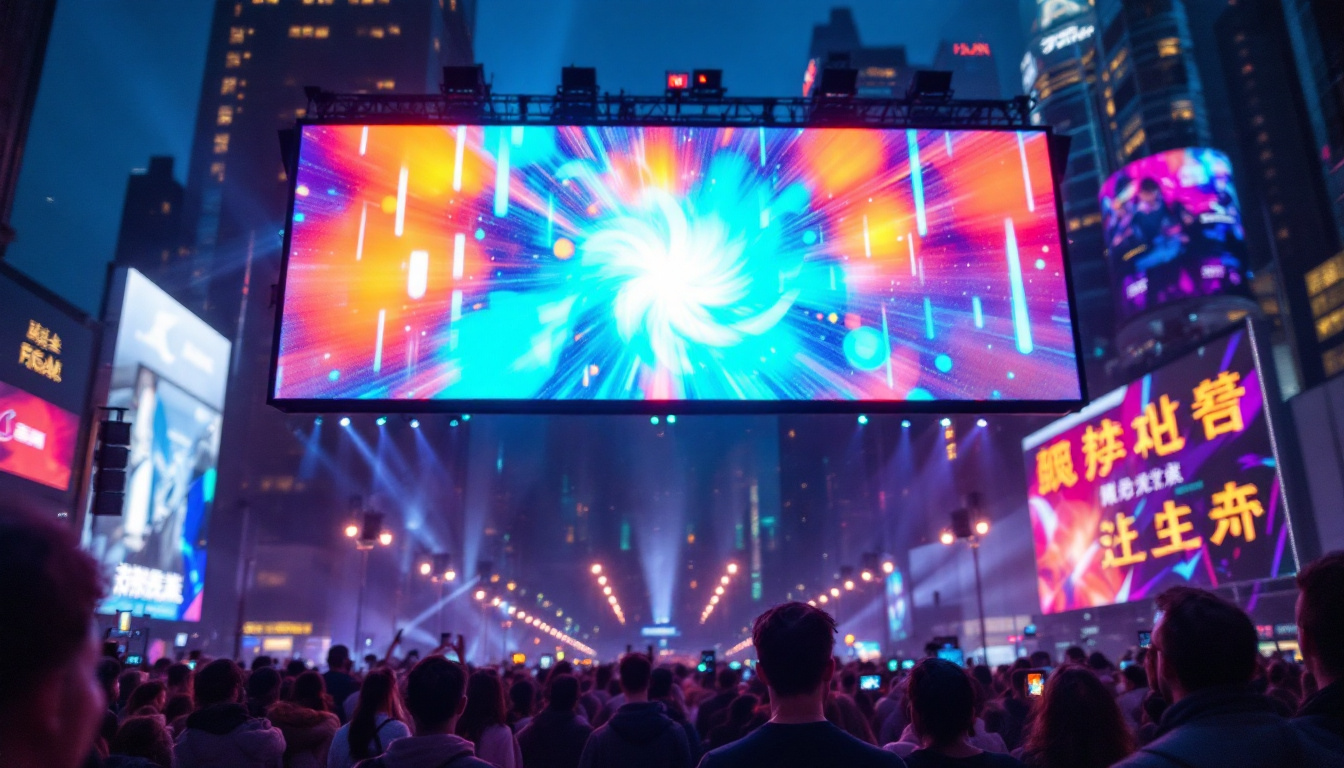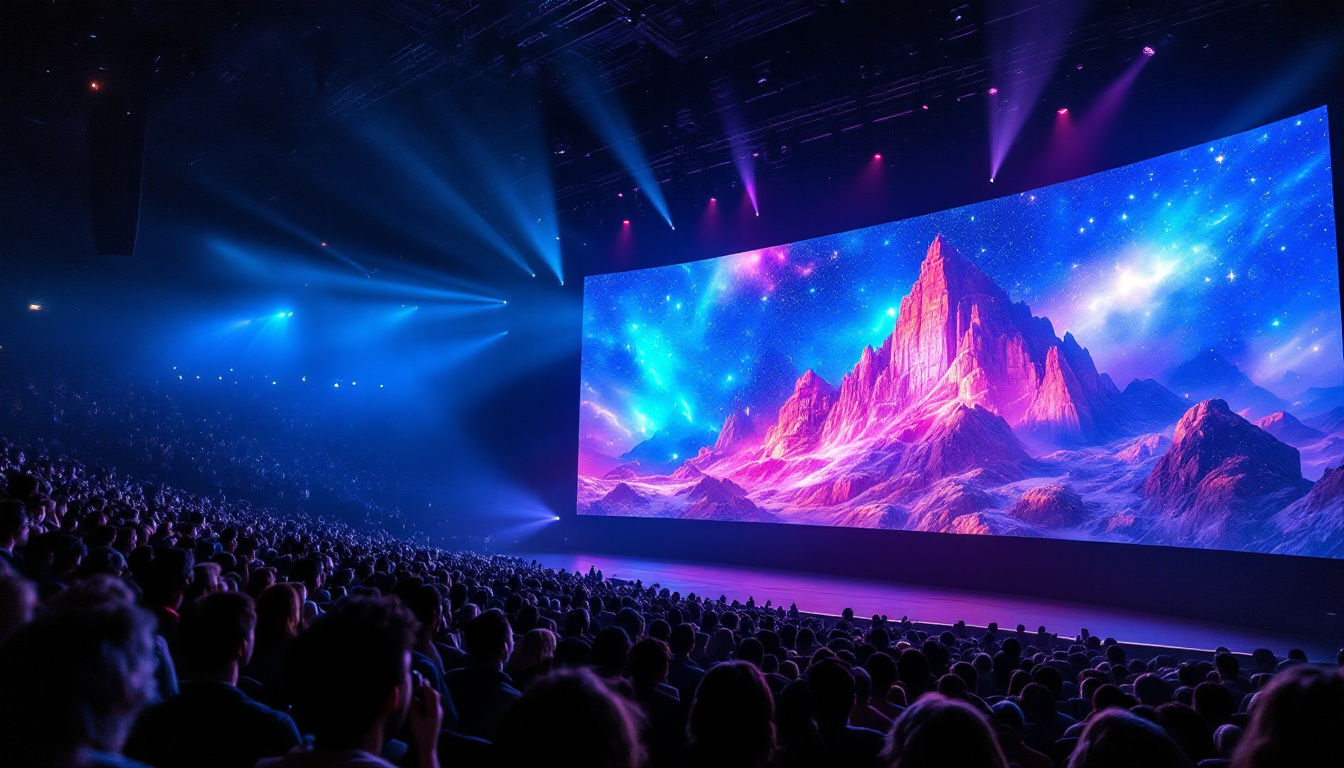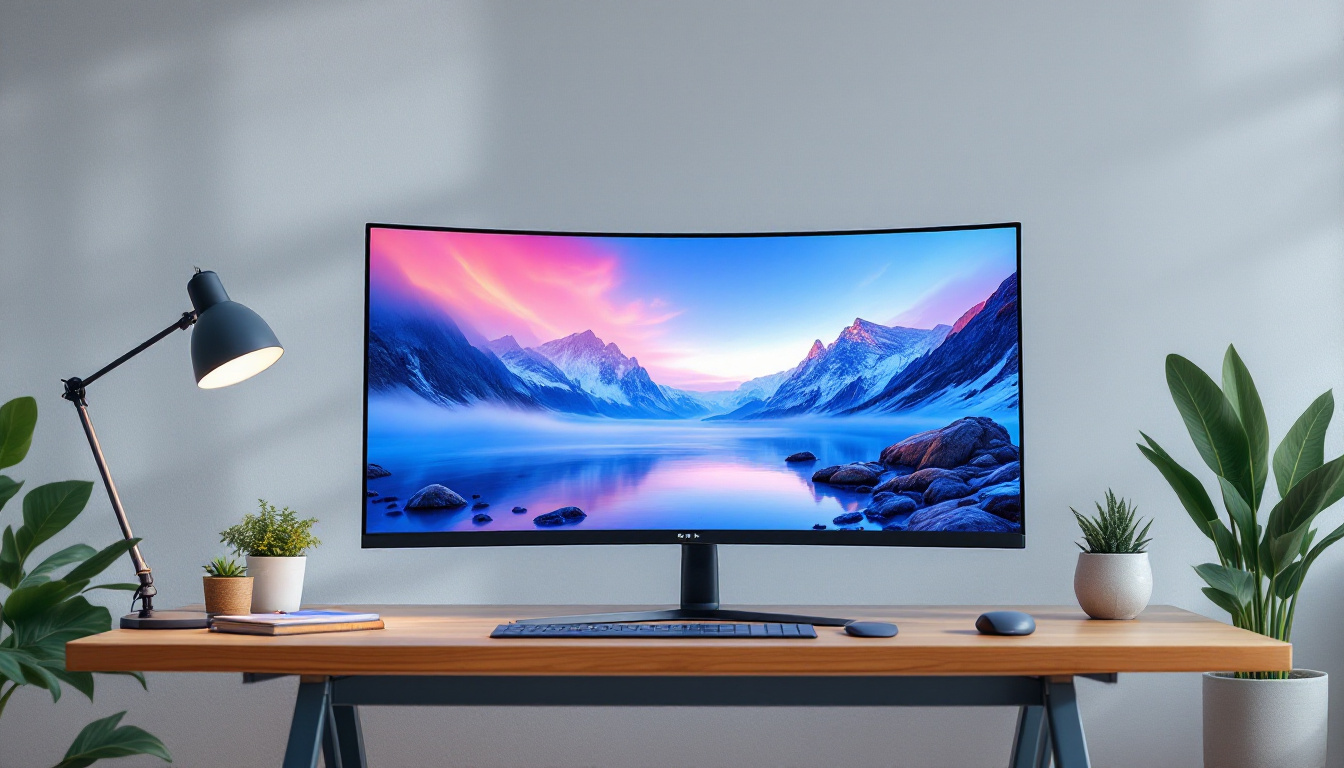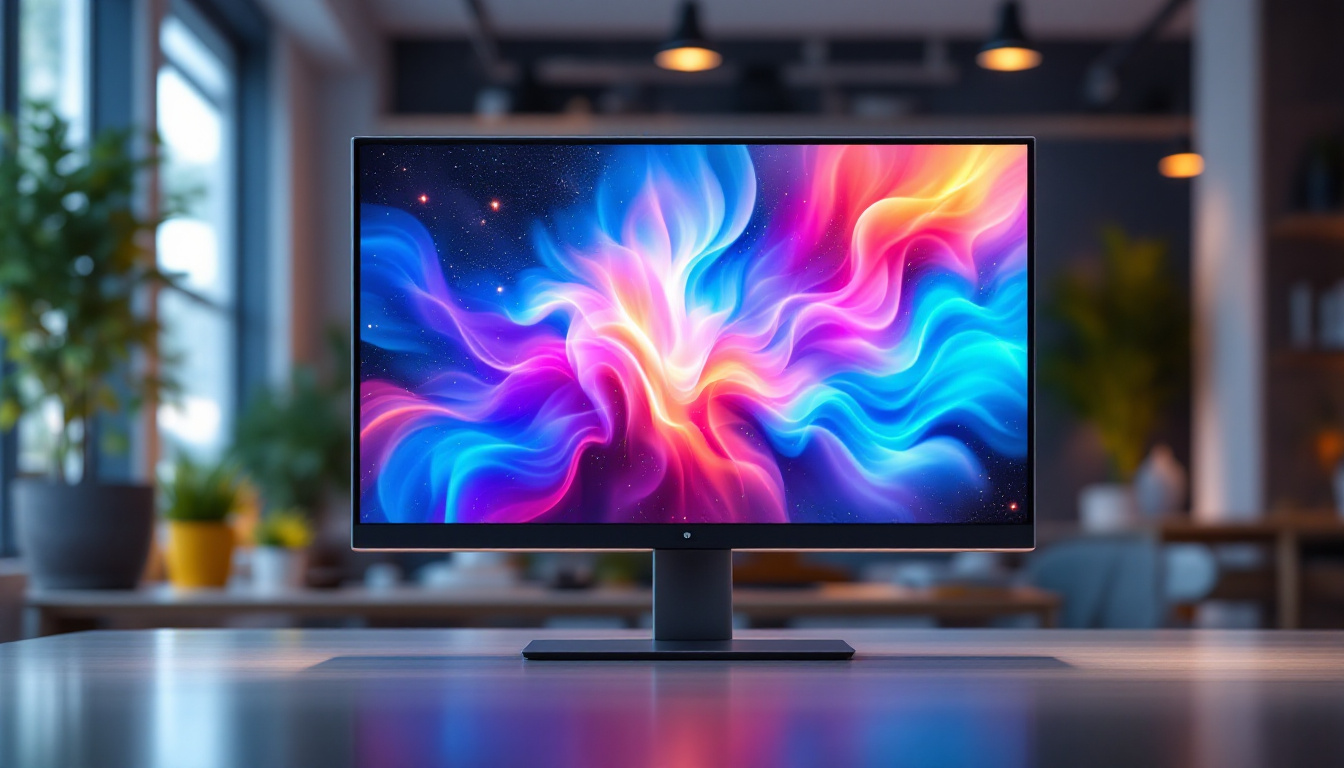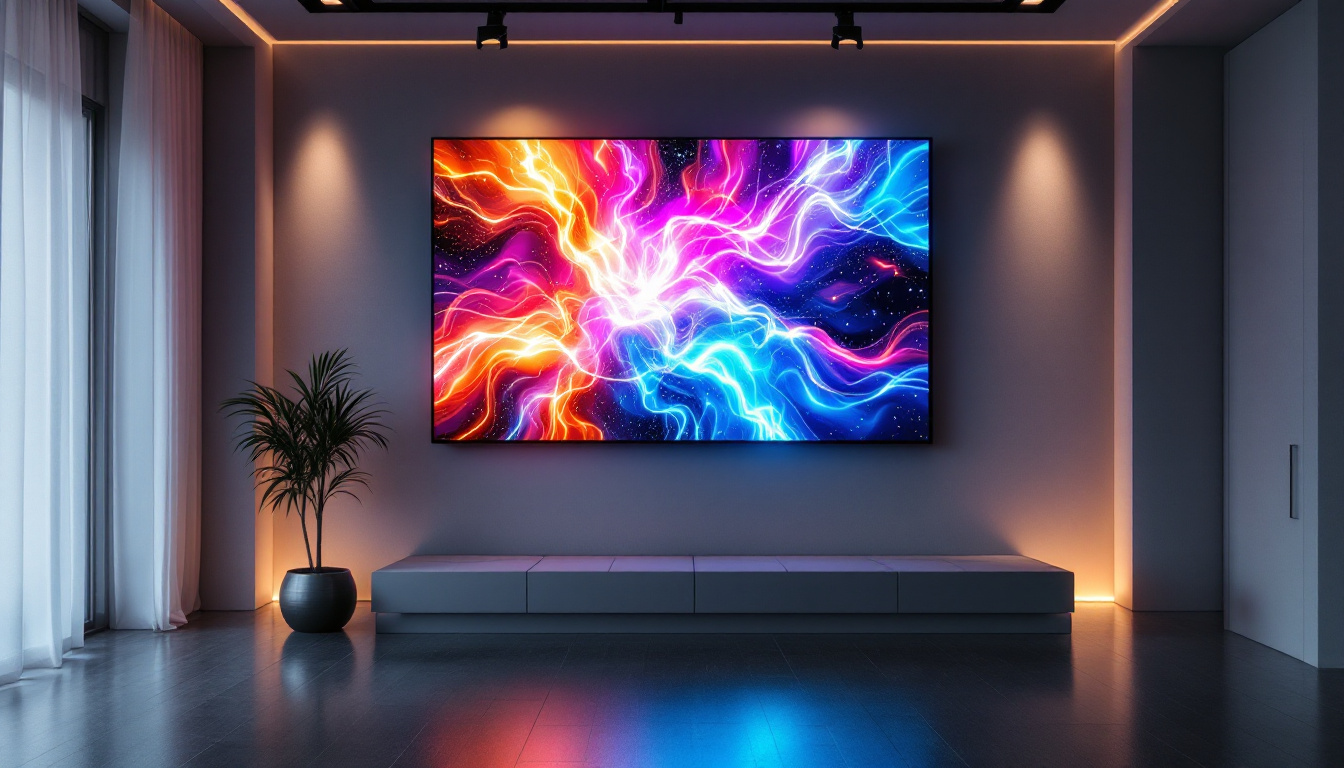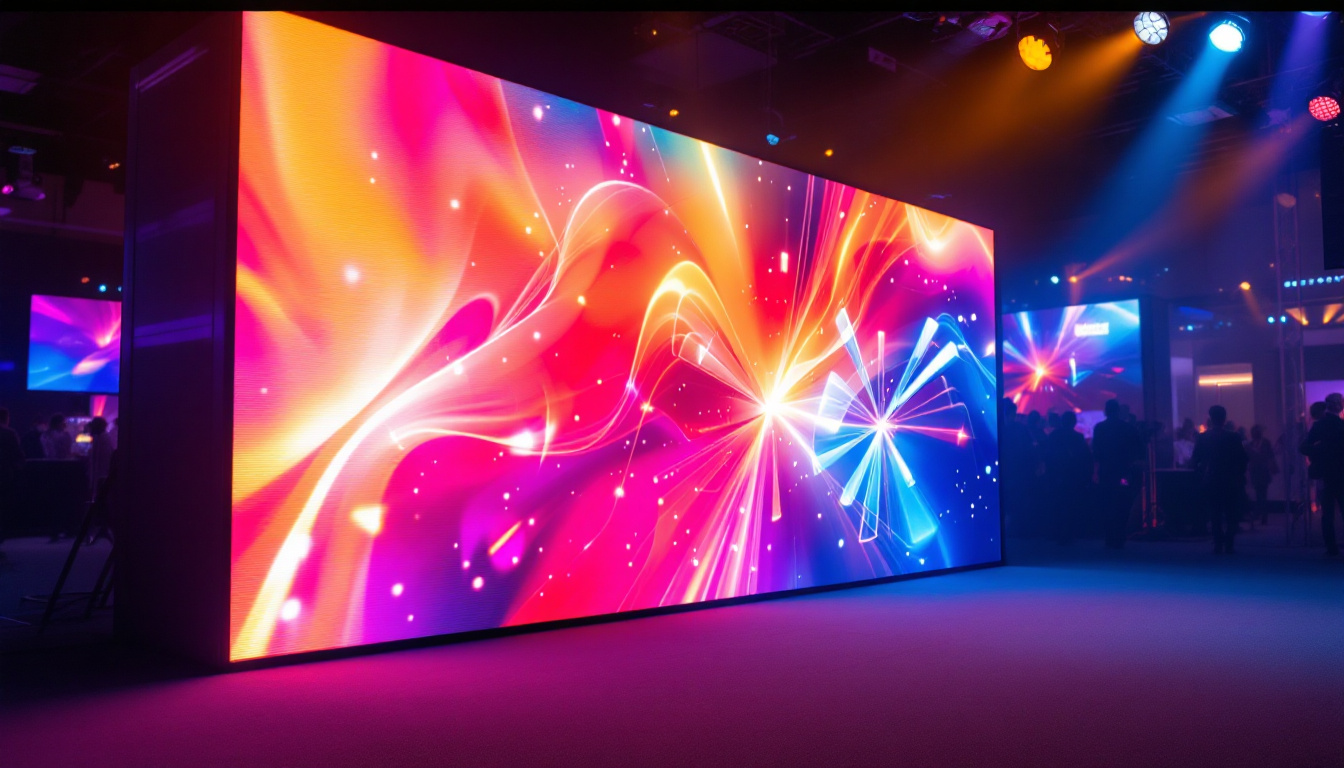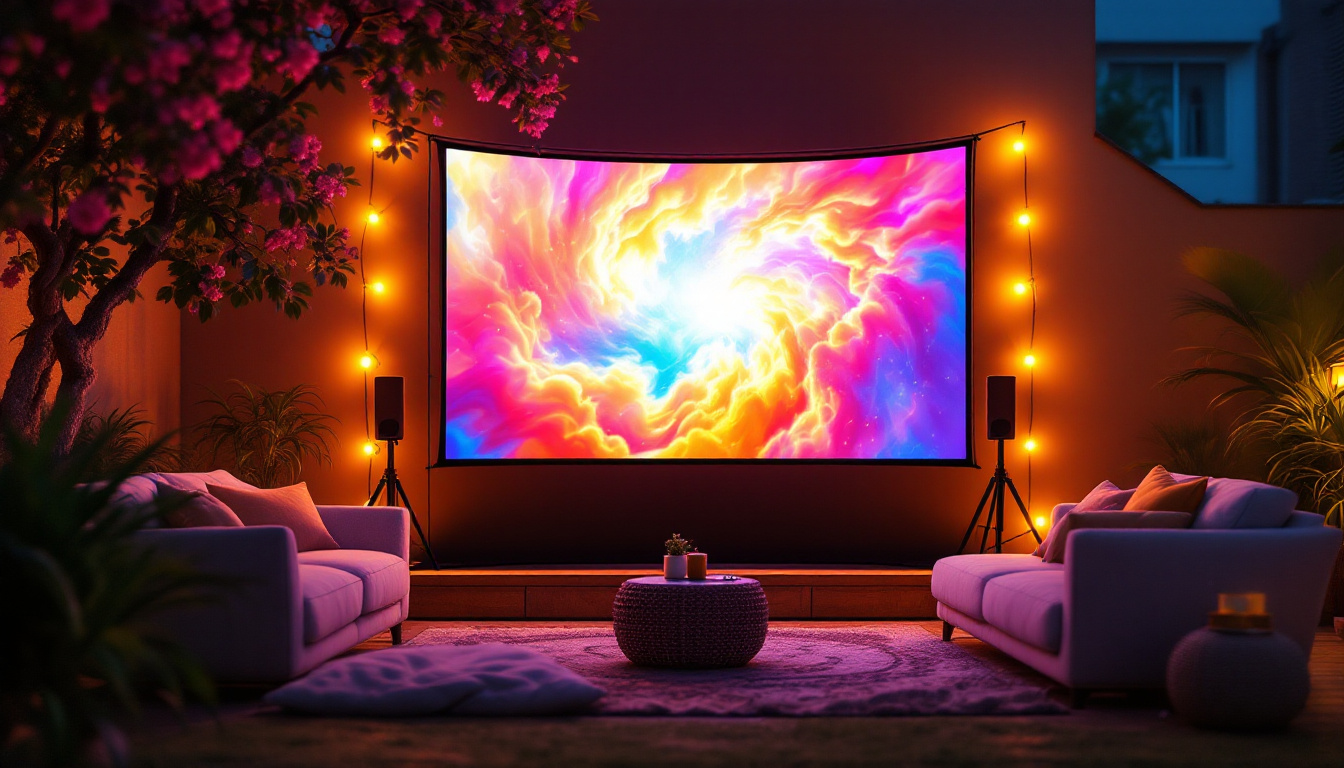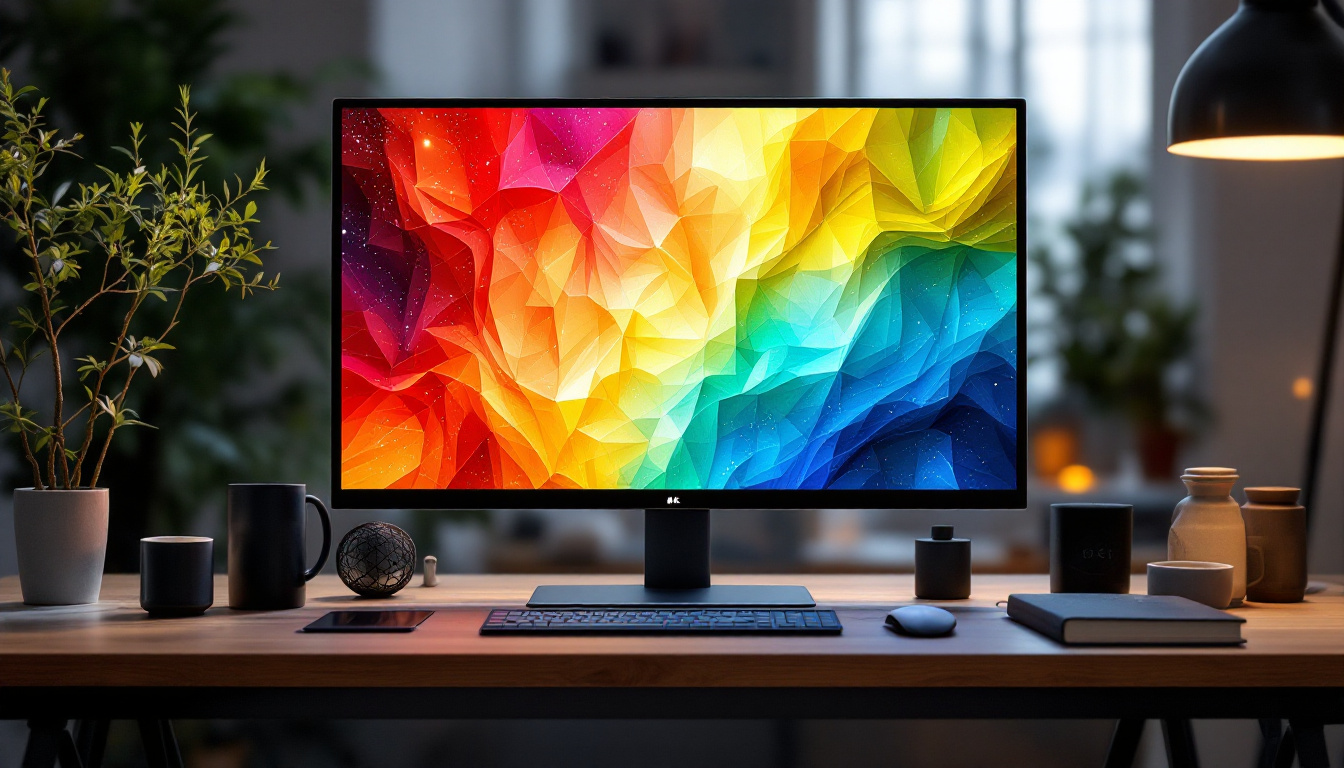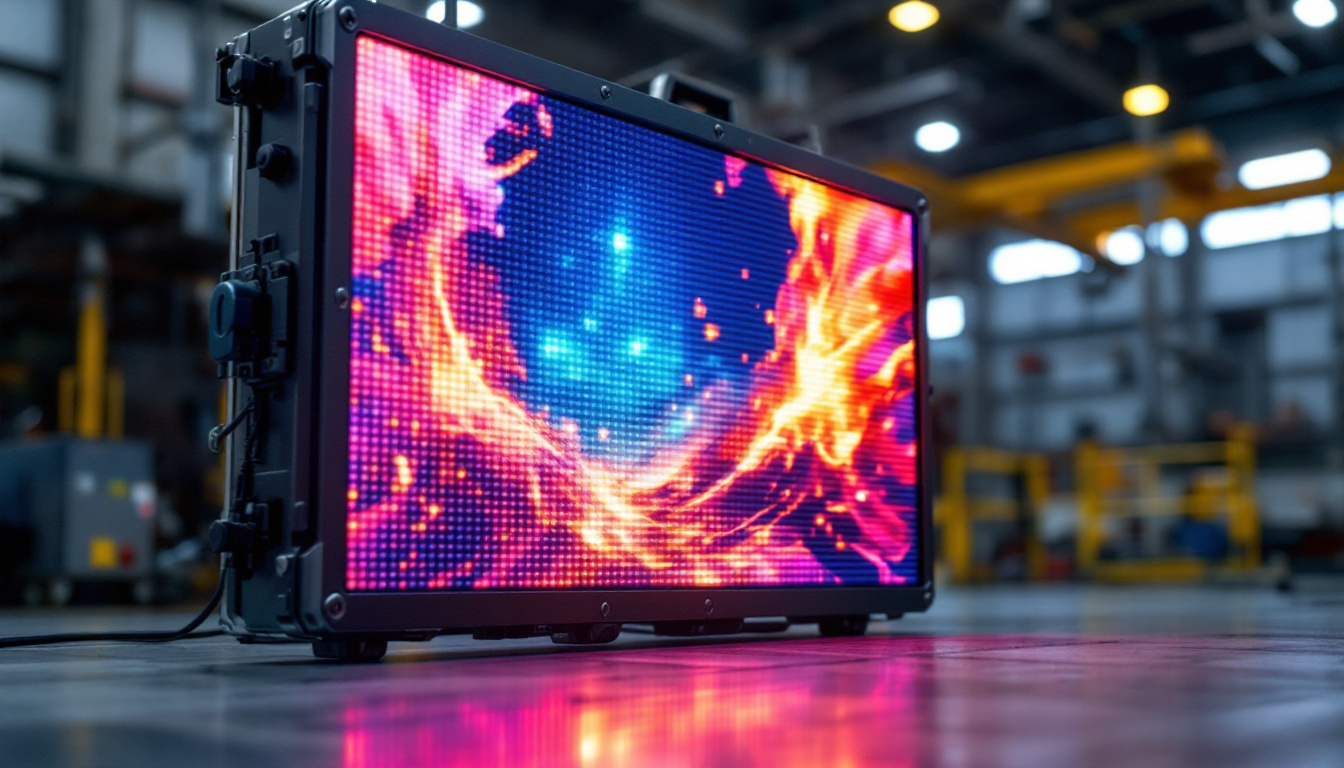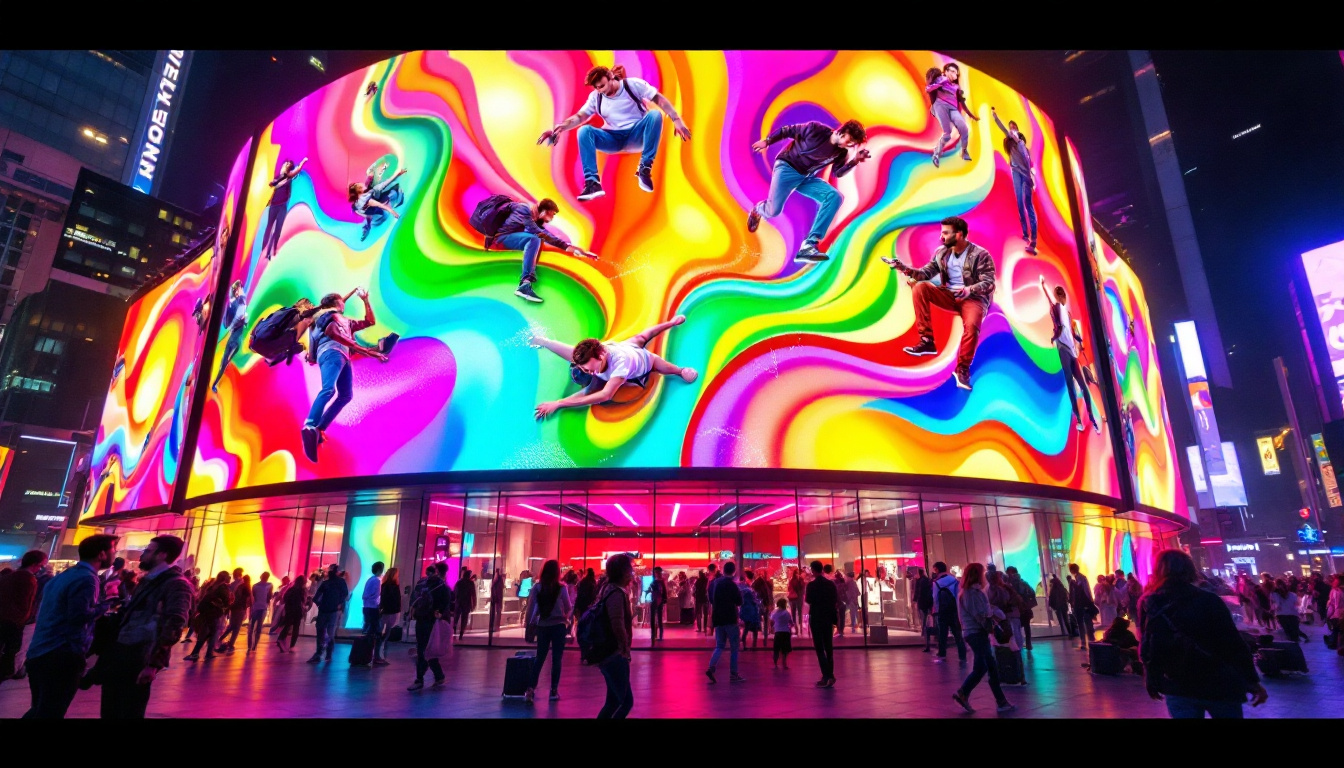In today’s digital age, the importance of high-quality displays cannot be overstated. Whether for gaming, professional work, or casual browsing, the clarity and vibrancy of a screen can significantly enhance the user experience. One of the most popular display technologies currently is the LED display, which has become a staple in various devices, including monitors, televisions, and smartphones. This article delves into the intricacies of LED displays, particularly focusing on the Res Monitor, a leading example in this domain.
Understanding LED Technology
Light Emitting Diodes (LEDs) have revolutionized the way screens are designed and function. Unlike traditional LCD screens that rely on backlighting, LED displays utilize tiny diodes that emit light when an electric current passes through them. This fundamental difference leads to several advantages, including improved brightness, contrast, and energy efficiency.
The Basics of LED Displays
At its core, an LED display consists of an array of individual LEDs that can be turned on or off to create images. Each pixel on the screen is typically made up of red, green, and blue (RGB) diodes. By adjusting the intensity of these colors, the display can produce a wide spectrum of colors, resulting in vibrant and lifelike images.
One of the most significant benefits of LED technology is its ability to produce deeper blacks and brighter whites. This is primarily due to the fact that LEDs can be turned off completely, allowing for true black levels. In contrast, traditional LCD screens often struggle to achieve similar contrast ratios due to their reliance on backlighting. This capability not only enhances the viewing experience for movies and video games but also makes LED displays ideal for professional applications, such as graphic design and photography, where color accuracy is paramount.
Types of LED Displays
There are several types of LED displays, each with its unique characteristics and applications. The most common types include:
- Direct LED: This type uses a grid of LEDs placed directly behind the screen, providing uniform brightness across the display.
- Edge-Lit LED: LEDs are placed along the edges of the screen, with light diffused across the display. This design is typically thinner and more energy-efficient.
- OLED: Organic LEDs are a newer technology that offers even greater contrast and color accuracy by using organic compounds to emit light.
Additionally, there are specialized LED displays, such as MicroLED and MiniLED, which push the boundaries of display technology even further. MicroLED displays consist of microscopic LEDs that can create individual pixels, leading to unparalleled resolution and color precision. MiniLED, on the other hand, utilizes a larger number of smaller LEDs for backlighting, significantly improving local dimming capabilities and enhancing contrast ratios. These advancements are paving the way for the next generation of displays, promising even more immersive viewing experiences for consumers and professionals alike.
Furthermore, the versatility of LED technology extends beyond just screens. It has found applications in various fields, including automotive lighting, architectural illumination, and even horticulture. For instance, LED grow lights are increasingly used in indoor farming due to their energy efficiency and ability to provide specific light wavelengths that promote plant growth. This adaptability showcases the transformative potential of LED technology across different industries, making it an integral part of modern life.
Key Features of Res Monitor LED Displays
The Res Monitor stands out in the crowded market of LED displays due to its focus on delivering exceptional performance and user experience. Several key features contribute to its reputation as a leading choice among consumers and professionals alike.
High Resolution and Clarity
One of the defining characteristics of the Res Monitor is its high resolution. With options ranging from Full HD to 4K and even 8K, users can enjoy crystal-clear images that bring content to life. The high pixel density ensures that text, images, and videos appear sharp and detailed, making it ideal for tasks that require precision, such as graphic design or video editing.
Furthermore, the monitor’s advanced scaling technology enhances lower-resolution content, allowing users to enjoy a seamless viewing experience without noticeable pixelation. This feature is particularly beneficial for those who often work with a mix of media types, as it ensures that everything from high-resolution photographs to standard-definition videos looks its best. The result is a versatile display that caters to a variety of viewing needs, making it a valuable addition to any workspace or entertainment setup.
Color Accuracy and Gamut
Color accuracy is crucial for professionals working in fields such as photography, design, and video production. The Res Monitor is designed to cover a wide color gamut, ensuring that it can reproduce colors as they were intended to be seen. With support for HDR (High Dynamic Range), users can experience a broader range of colors and improved contrast, resulting in more realistic images.
Additionally, factory calibration guarantees that the monitor meets stringent color accuracy standards, providing peace of mind for creatives who rely on precise color representation. This attention to detail is further enhanced by the monitor’s ability to display subtle gradients and deep blacks, which are essential for tasks like color grading and photo retouching. The combination of wide color gamut and high accuracy makes the Res Monitor an indispensable tool for anyone serious about visual content creation.
Adaptive Refresh Rates
For gamers and video enthusiasts, the refresh rate of a monitor can significantly impact the overall experience. The Res Monitor features adaptive refresh rate technology, which synchronizes the display’s refresh rate with the output of the graphics card. This eliminates screen tearing and stuttering, providing a smoother and more immersive experience during fast-paced action sequences.
Whether playing the latest video games or watching high-octane movies, users will appreciate the fluidity that adaptive refresh rates bring to the table. This technology not only enhances gameplay but also reduces eye strain during extended viewing sessions, making it a great choice for binge-watching or marathon gaming. Additionally, the monitor’s low input lag ensures that even the most competitive gamers can react quickly, giving them an edge in high-stakes scenarios. With these features, the Res Monitor is designed to cater to both casual viewers and serious gamers alike, ensuring that everyone can enjoy a top-tier visual experience.
Design and Ergonomics
The physical design of a monitor is just as important as its technical specifications. The Res Monitor combines sleek aesthetics with ergonomic features, making it a suitable addition to any workspace or entertainment setup.
Stylish Aesthetics
With a modern design that incorporates slim bezels and a minimalist stand, the Res Monitor is visually appealing. This design not only enhances the overall look of a room but also maximizes the screen real estate, allowing users to focus on the content without distractions.
Available in various sizes, the monitor can fit into different environments, whether it’s a home office, gaming room, or living area.
Ergonomic Adjustability
Prolonged use of a monitor can lead to discomfort or strain. The Res Monitor addresses this concern with its ergonomic features, including height adjustment, tilt, and swivel capabilities. Users can easily customize the monitor’s position to achieve an optimal viewing angle, reducing the risk of neck and eye strain.
Moreover, the inclusion of VESA mount compatibility allows for even greater flexibility, enabling users to mount the monitor on walls or adjustable arms for a clutter-free workspace.
Connectivity and Compatibility
In a world where connectivity is paramount, the Res Monitor excels by offering a wide range of ports and compatibility options. This ensures that users can easily connect their devices without hassle.
Diverse Port Options
The Res Monitor is equipped with multiple input options, including HDMI, DisplayPort, and USB-C. This variety allows users to connect laptops, gaming consoles, and other devices seamlessly. Additionally, some models may include built-in USB hubs, providing easy access to peripherals such as keyboards and mice.
Furthermore, the monitor’s support for multiple input sources means that users can switch between devices effortlessly, making it ideal for multitasking environments.
Cross-Platform Compatibility
Whether using Windows, macOS, or Linux, the Res Monitor is designed to work across various operating systems. This cross-platform compatibility ensures that users can enjoy the monitor’s features regardless of their preferred software environment.
Moreover, the monitor’s ability to support various resolutions and refresh rates across different devices enhances its versatility, making it a valuable asset for any setup.
Energy Efficiency and Sustainability
As environmental concerns continue to rise, energy efficiency in technology has become increasingly important. The Res Monitor takes this into account, incorporating features that reduce power consumption without sacrificing performance.
Energy-Saving Features
The Res Monitor is designed with energy-saving technologies that automatically adjust brightness based on ambient lighting conditions. This not only enhances the viewing experience but also helps reduce energy consumption, making it a more sustainable choice for consumers.
Additionally, many models are certified by energy efficiency programs, ensuring that they meet strict guidelines for power usage. This commitment to sustainability aligns with the growing demand for eco-friendly products in the electronics market.
Longevity and Durability
In addition to energy efficiency, the Res Monitor is built to last. High-quality materials and rigorous testing ensure that the monitor can withstand the rigors of daily use. This durability translates to a longer lifespan, reducing the need for frequent replacements and contributing to a more sustainable approach to technology.
Conclusion
The Res Monitor exemplifies the advancements in LED display technology, offering a combination of high resolution, color accuracy, and ergonomic design. Its diverse connectivity options and energy-efficient features make it a versatile choice for a wide range of users, from gamers to professionals.
As technology continues to evolve, the Res Monitor stands out as a reliable and innovative option that meets the demands of today’s digital landscape. Whether for work or play, investing in a high-quality LED display like the Res Monitor can significantly enhance the overall experience, making it a worthy consideration for anyone in the market for a new monitor.
In conclusion, understanding the intricacies of LED displays and the specific advantages offered by models like the Res Monitor can empower consumers to make informed decisions. As the demand for high-quality displays continues to grow, staying informed about the latest technologies will ensure that users can enjoy the best possible viewing experience.
Discover LumenMatrix’s Advanced LED Solutions
Ready to elevate your visual experience with the latest in LED technology? Look no further than LumenMatrix, a pioneer in crafting LED displays that transform any space into a dynamic visual showcase. From the immersive Indoor LED Wall Display to the vibrant Outdoor LED Wall Display, and from the mobile versatility of Vehicle LED Displays to the innovative LED Transparent Display, LumenMatrix offers a comprehensive range of solutions tailored to your needs. Embrace the future of visual communication and check out LumenMatrix LED Display Solutions today to see how you can make a lasting impression and communicate your message with unparalleled clarity and impact.



